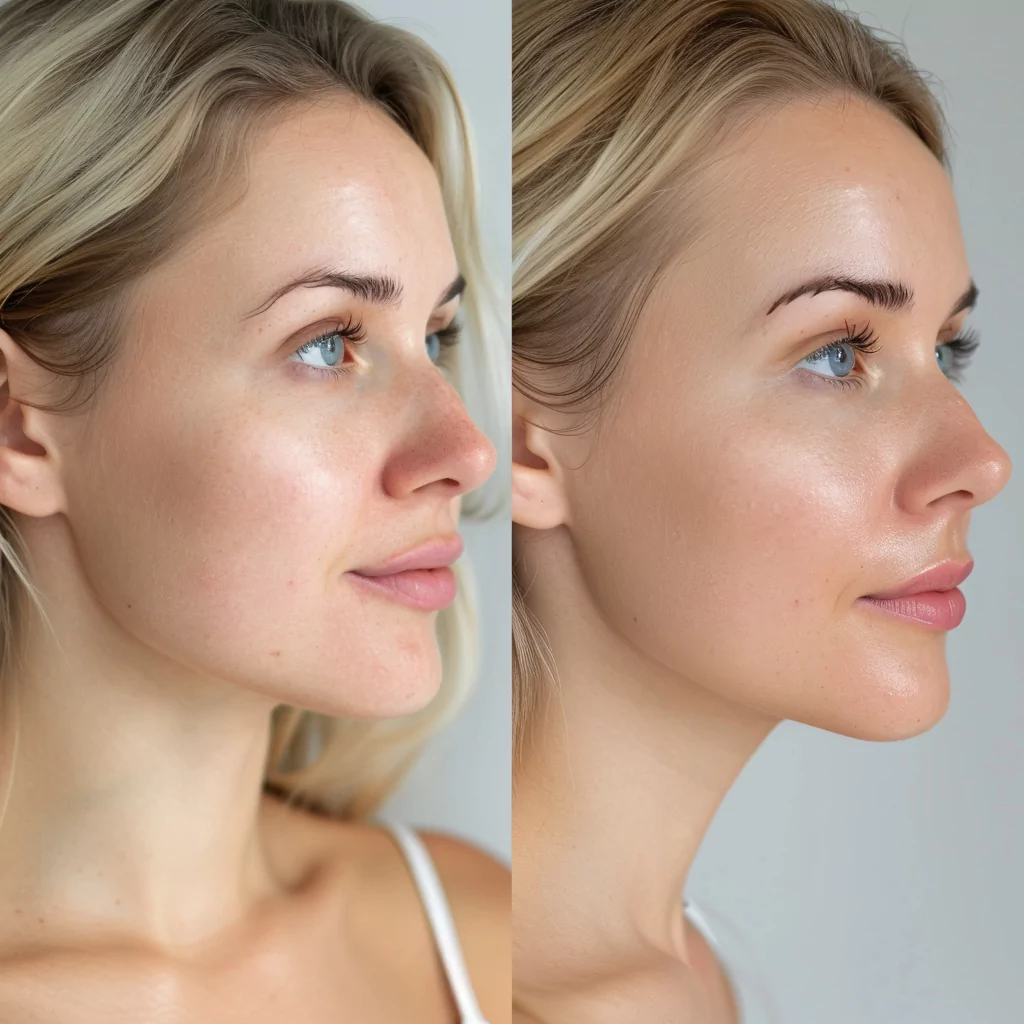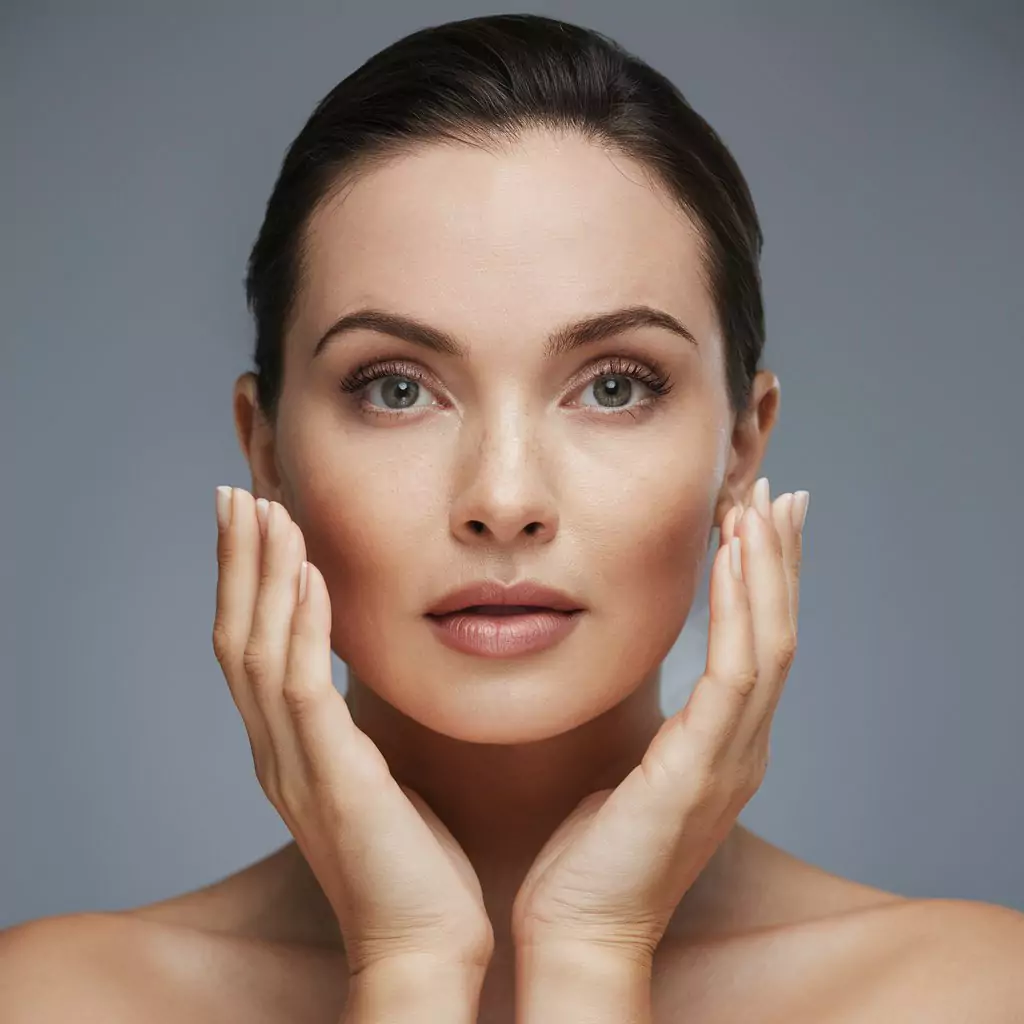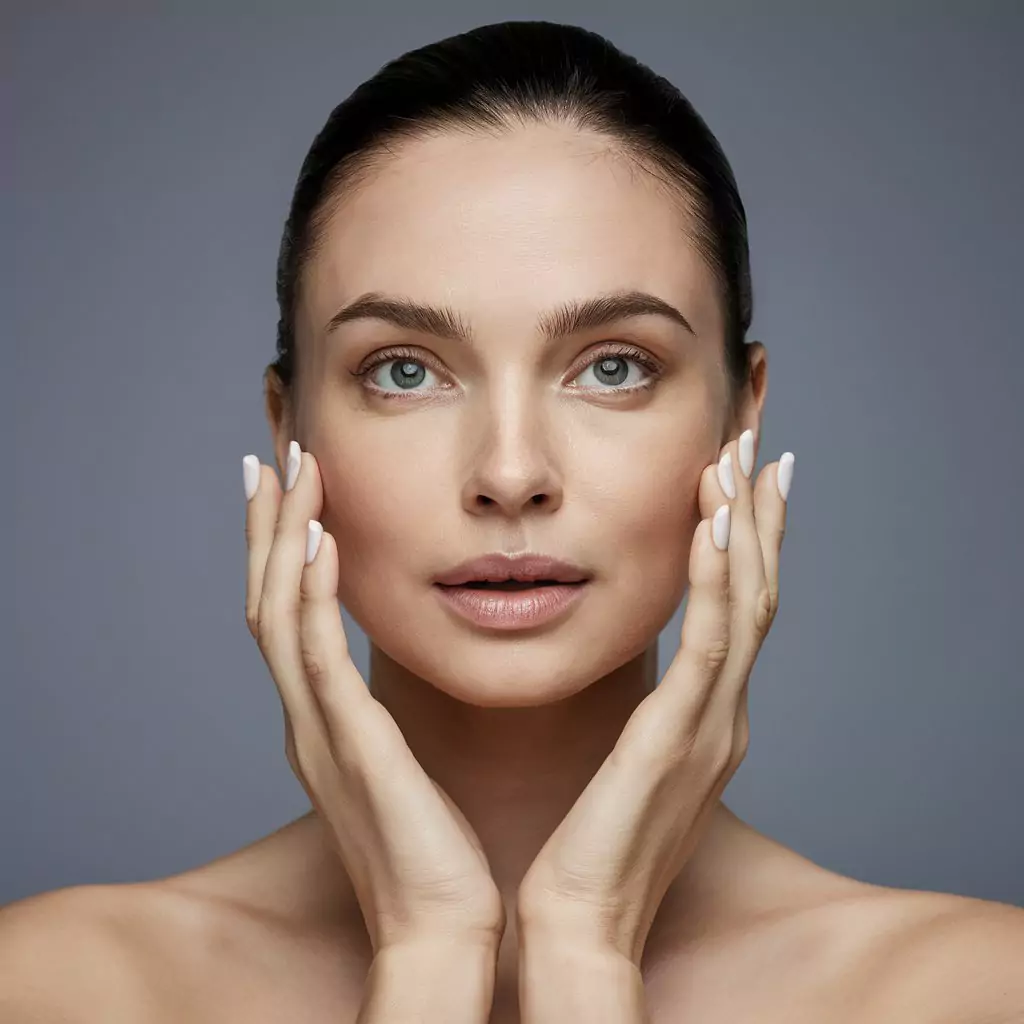In today’s beauty and cosmetic industry, dermal fillers have gained immense popularity as a non-invasive solution for various skin concerns. From plumping lips to reducing fine lines and wrinkles, dermal fillers are a versatile treatment option. However, it is essential to manage expectations and understand what dermal fillers can and cannot do. In this comprehensive guide, we will take a closer look at dermal filler injections, addressing their capabilities and limitations.
Understanding Dermal Filler Injections
What Are Dermal Fillers?
Dermal fillers, also known as soft tissue fillers, are substances that are injected into the skin to address a variety of aesthetic concerns. These fillers are composed of different materials, including hyaluronic acid, calcium hydroxylapatite, poly-L-lactic acid, and polymethylmethacrylate (PMMA) microspheres, among others. Each type of filler is designed to serve specific purposes, such as adding volume, filling in wrinkles, and rejuvenating the skin’s appearance.
Hyaluronic acid fillers, for example, are renowned for their versatility and are commonly used to add volume to areas such as the lips, cheeks, and nasolabial folds. On the other hand, calcium hydroxylapatite fillers are often utilized to diminish the appearance of deeper wrinkles and folds, and to enhance the contours of the cheeks and jawline. Poly-L-lactic acid fillers stimulate collagen production in the skin over time, effectively improving skin texture and addressing deep facial wrinkles. Polymethylmethacrylate (PMMA) microspheres, another type of filler, are utilized for providing immediate volume and structure, particularly for deep wrinkles, folds, and acne scars, while also facilitating the body’s natural collagen production in the long term.
The selection of a specific filler material is determined by the individual’s unique concerns, desired outcomes, and skin condition, and is typically determined in consultation with a skilled and experienced practitioner. While dermal fillers are generally considered safe when administered by qualified professionals, it is important for individuals to have a comprehensive understanding of the potential risks and side effects associated with these treatments before undergoing the procedure. Overall, dermal fillers present a non-surgical and effective option for enhancing one’s appearance and achieving a more youthful and rejuvenated look.
Capabilities of Dermal Fillers
Dermal fillers can offer a wide range of benefits, including:
- Filling Wrinkles and Fine Lines: One of the primary uses of dermal fillers is to fill in and smooth out wrinkles and fine lines, particularly around the mouth, eyes, and forehead. This can create a more youthful and rejuvenated appearance (1).
- Restoring Volume: As we age, the skin gradually loses its natural volume, leading to hollow areas and a sunken look. Dermal fillers can replenish lost volume, particularly in the cheeks and temples, to restore a more youthful contour to the face.
- Enhancing Lips: Dermal fillers are a popular option for enhancing and plumping lips, creating a fuller and more defined lip shape. By strategically injecting fillers into the lips, a skilled practitioner can create a natural-looking enhancement that complements facial features.
- Rejuvenating Hands: Fillers can also be used to rejuvenate the appearance of aging hands by filling in wrinkles and adding volume. This can help minimize the visibility of tendons and veins, resulting in a more youthful appearance of the hands.
- Improving Overall Skin Quality: Certain types of dermal fillers are designed to stimulate collagen production, which can improve the overall quality of the skin over time. By promoting collagen synthesis, these fillers contribute to improved skin texture, elasticity, and firmness (2).
- Non-Surgical Option: Dermal fillers provide a non-surgical alternative to invasive procedures, allowing individuals to achieve a more youthful appearance without extensive downtime or recovery. This makes them an attractive option for individuals seeking rejuvenation without the commitment of surgery.
- Customizable Results: Skilled practitioners can customize the application of dermal fillers to address each individual’s unique concerns and goals. This allows for personalized treatment plans that cater to specific needs, resulting in natural-looking and harmonious outcomes.
Limitations of Dermal Fillers
While dermal fillers offer a myriad of benefits, it is essential to understand their limitations (3). Dermal fillers have certain constraints, such as:
- Muscle Movement: Dermal fillers cannot completely restrict muscle movement, so they may not address dynamic wrinkles caused by repetitive muscle contractions, such as crow’s feet or frown lines. While they can soften the appearance of these lines at rest, additional treatments such as neuromodulators (e.g., Botox) may be necessary to address dynamic wrinkles.
- Excessive Skin Laxity: Severe skin laxity, particularly in the lower face or neck, may not be effectively addressed by dermal fillers alone. In such cases, surgical procedures like a facelift may be more appropriate to achieve comprehensive rejuvenation and lifting of sagging tissues.
- Permanent Solutions: Despite their longevity, most dermal fillers are not permanent solutions. Over time, the body metabolizes the filler material, requiring periodic touch-ups to maintain results. The longevity of fillers varies depending on the type used, with some lasting several months and others providing results for one year or more. Additionally, individual metabolism and lifestyle factors can influence how quickly the body breaks down the filler material.
- Treating Hyperpigmentation or Skin Texture: Dermal fillers do not address concerns related to hyperpigmentation, rough skin texture, or other pigment-related issues. Additional treatments such as chemical peels, microneedling, or laser therapy may be necessary to address these concerns. Combining fillers with complementary treatments can create a comprehensive approach to skin rejuvenation, addressing multiple aspects of skin quality and appearance.
- Skilled Injector Requirement: Achieving optimal results with dermal fillers requires the expertise of a skilled and experienced injector. It is crucial to seek out qualified practitioners who have a deep understanding of facial anatomy and a keen eye for aesthetic harmony. Choosing an experienced injector can significantly impact the safety and success of the procedure, ensuring natural-looking and balanced results.
Understanding the full scope of what dermal fillers can achieve, as well as their limitations, is vital for individuals considering these treatments (4). By expanding on the capabilities and limitations of dermal fillers, individuals can make informed decisions about pursuing these treatments to address their aesthetic concerns. With the right information and guidance, individuals can explore dermal fillers to rejuvenate their appearance and enhance their confidence with realistic expectations and informed decision-making.
For those contemplating the benefits of dermal fillers or seeking to explore their options further, Effortlessway Aesthetics & Spa offers a pathway to achieving your aesthetic goals with confidence. Our team of top-rated filler specialists is committed to providing personalized care, utilizing advanced dermal filler techniques to ensure results that not only meet but exceed your expectations. To discover how we can assist you in refreshing your look and enhancing your confidence, don’t hesitate to reach out. Contact us at effortlesswaytoday@gmail.com or call 929-246-0405. Begin your journey with us today, and take the first step towards a more confident and rejuvenated you.
References
- Sturm LP, Cooter RD, Mutimer KL, Graham JC, Maddern GJ. A systematic review of dermal fillers for age‐related lines and wrinkles. ANZ journal of surgery. 2011 Jan;81(1‐2):9-17.
- Fallacara A, Manfredini S, Durini E, Vertuani S. Hyaluronic acid fillers in soft tissue regeneration. Facial Plastic Surgery. 2017 Feb;33(01):087-96.
- Kadouch JA, Tutein Nolthenius CJ, Kadouch DJ, van der Woude HJ, Karim RB, Hoekzema R. Complications after facial injections with permanent fillers: important limitations and considerations of MRI evaluation. Aesthetic Surgery Journal. 2014 Aug 1;34(6):913-23.
- Borrell M, Leslie DB, Tezel A. Lift capabilities of hyaluronic acid fillers. Journal of Cosmetic and Laser Therapy. 2011 Feb 1;13(1):21-7.





